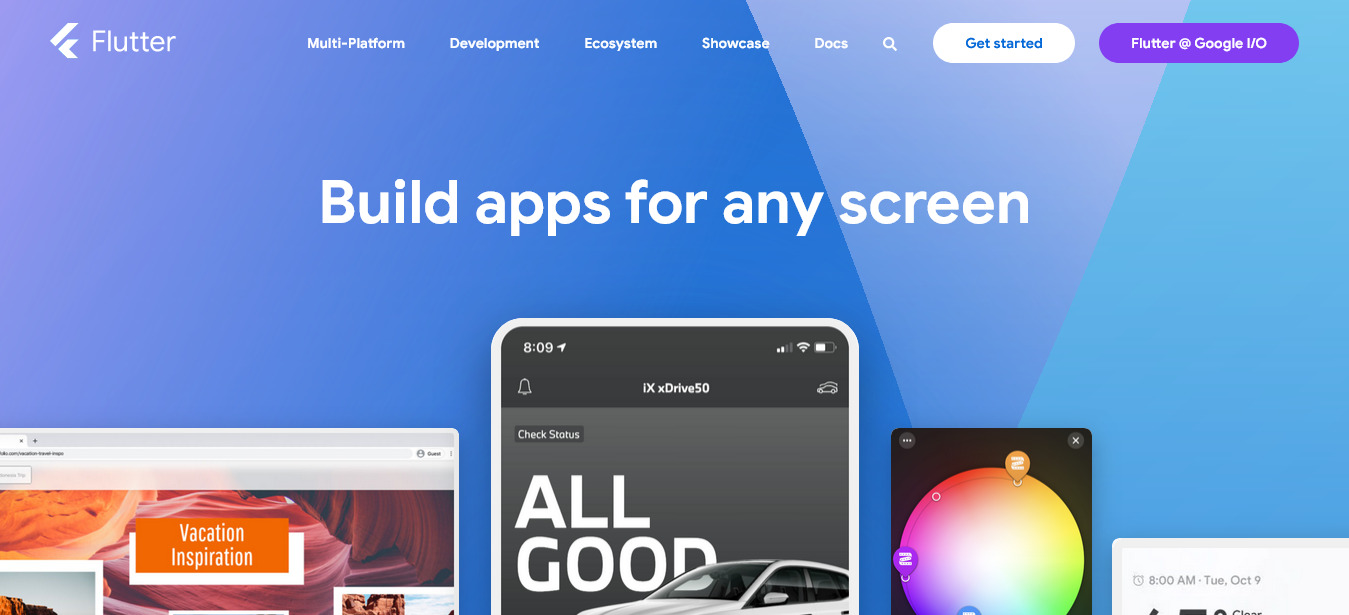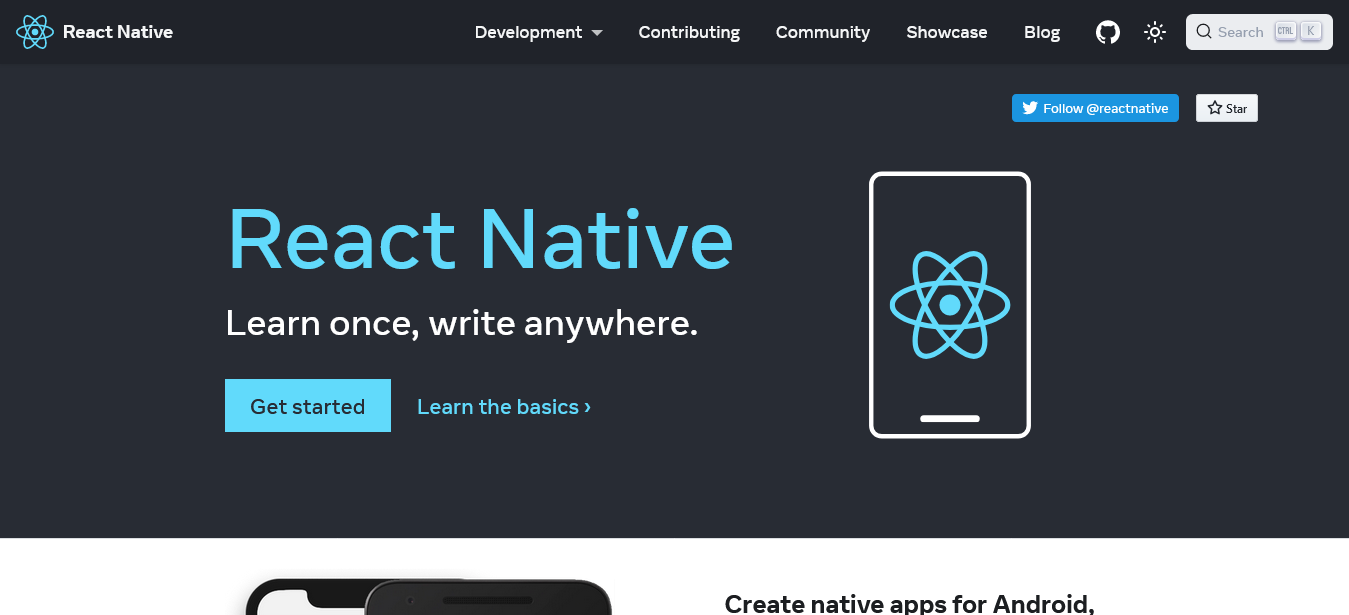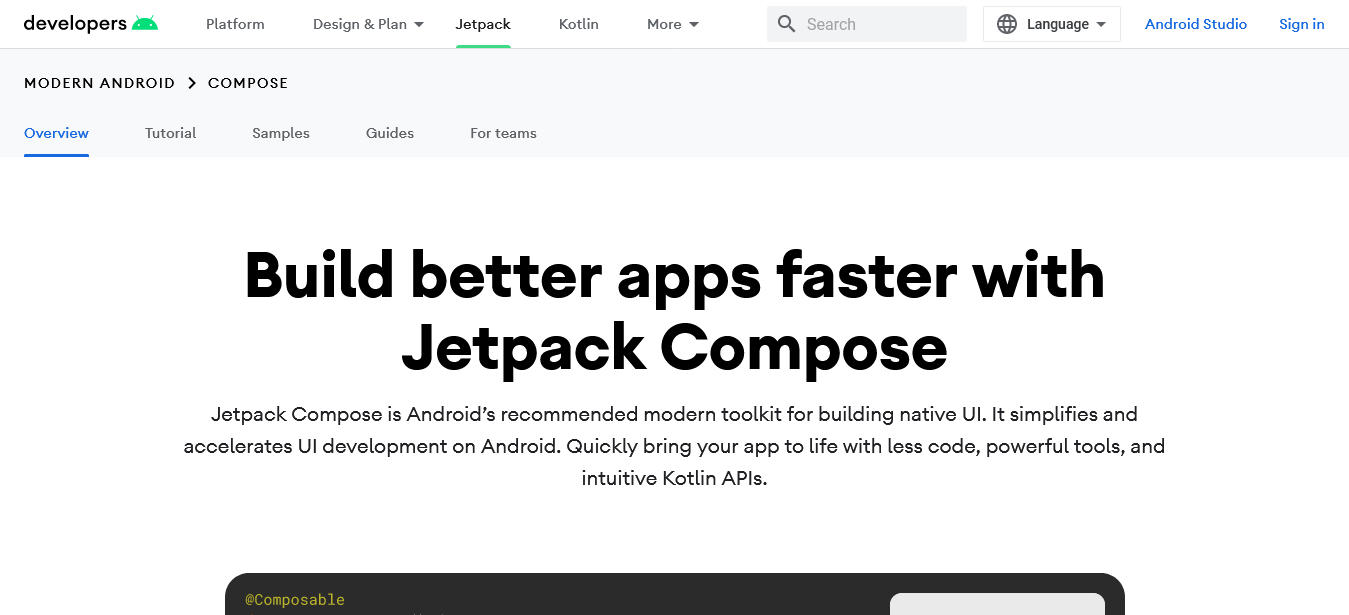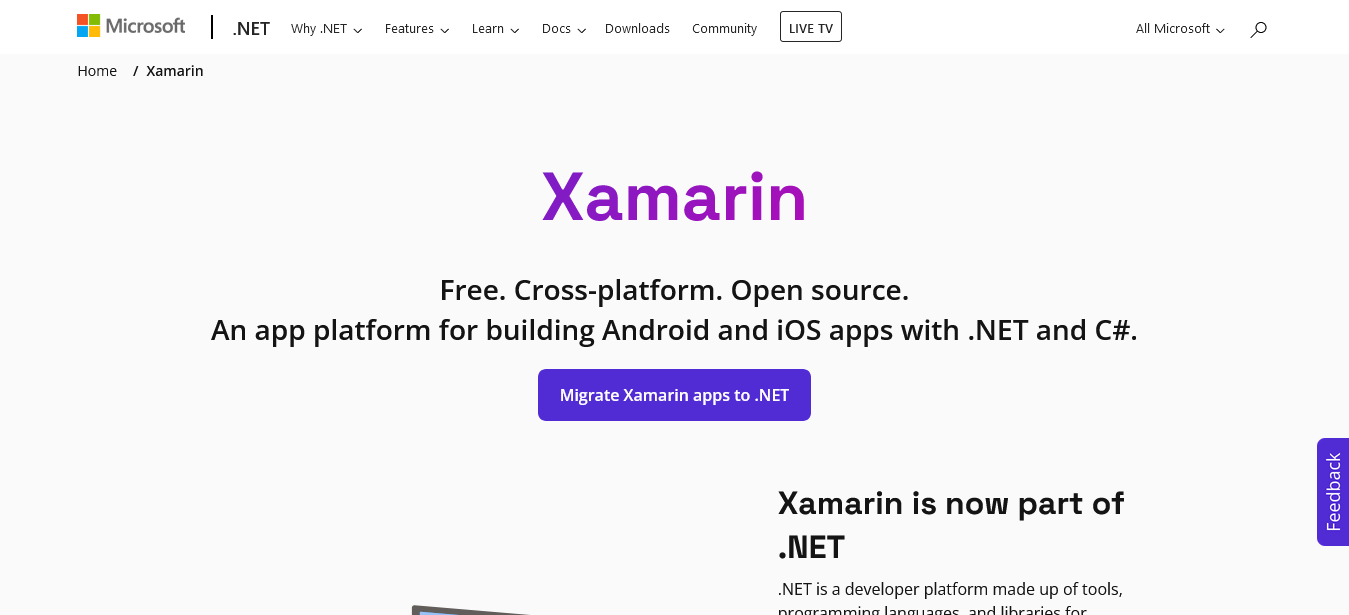In today’s fast-paced, ever-evolving world, the mobile application development industry is no exception to this constant evolution. As technology advances, developers have at their disposal a variety of robust tools, technologies, and frameworks for Android application development. This article will highlight the top five Android development frameworks in 2023 that are helping developers build more engaging, powerful, and efficient apps.
1. Flutter
Flutter, an open-source UI toolkit from Google, has emerged as one of the top choices for Android development. With Flutter, developers can build natively compiled applications for mobile, web, and desktop platforms from a single codebase.
Flutter is powered by Dart, a language designed by Google, which is easy to understand, and provides excellent performance characteristics. It allows developers to build highly responsive applications that feel and look natural on a variety of platform settings.
One of the standout features of Flutter is its hot reload functionality, which enables developers to see the changes in code instantaneously, without losing the current application state. This is particularly useful in UI creation and experiments.
Moreover, Flutter’s extensive widget library is another reason for its growing popularity. It helps in building complex UIs with an immersive user experience.

Pros:
- Cross-platform development: Flutter’s single codebase can be used to develop iOS, Android, and web apps, improving the speed of development and reducing the resources required.
- Hot Reload: Allows developers to instantly see the changes they make to the code, which accelerates the development process and enhances productivity.
- Customizable and Extensive Widgets: Flutter offers a comprehensive set of widgets for creating complex and visually appealing UIs.
Cons:
- Size of Applications: Flutter apps tend to be larger than native apps, which can be an issue for users with limited storage space on their devices.
- Limited Third-Party Libraries: While Flutter’s ecosystem is growing, it still lags behind other mature frameworks in terms of third-party libraries.
2. Kotlin Multiplatform
Kotlin Multiplatform (KMP) is a project by JetBrains, the creators of Kotlin, that enables developers to write the business logic of their app once and share it across multiple platforms (Android, iOS, Web, etc.).
Kotlin is fully interoperable with Java, and developers can seamlessly use all existing Android libraries and frameworks in Kotlin, thereby making it a perfect choice for Android app development.
The main advantage of Kotlin Multiplatform is the sharing of code and its architecture across various platforms, which leads to less code duplication, fewer errors, and more time for quality assurance and other important aspects of development.

Pros:
- Code Sharing: Kotlin Multiplatform enables sharing code across various platforms, leading to less code duplication and decreased chances of errors.
- Interoperability with Java: Kotlin is fully interoperable with Java, which allows developers to utilize all existing Android libraries and frameworks.
Cons:
- Young Ecosystem: Compared to other mature platforms, Kotlin Multiplatform’s ecosystem is relatively new, which may result in fewer resources, libraries, and community support.
- Increased Complexity: While the sharing of code across platforms sounds advantageous, it can increase complexity due to different platform behaviors.
3. React Native
Facebook’s React Native has gained significant traction in the Android development world for its ability to create native apps using JavaScript. React Native employs the same fundamental UI building blocks as regular Android apps, and developers can build rich mobile UIs that are indistinguishable from apps built using Java or Kotlin.
React Native leverages the power of JavaScript and React, a popular JavaScript library for building user interfaces. The significant aspect of React Native is its ‘learn once, write anywhere’ approach, which implies that if you have learned to write code for one platform, you can write for any platform with minimal additional learning.

Pros:
- Efficient Code Sharing: React Native allows code reuse for iOS, Android, and web, which can significantly speed up the development process.
- Large Community: React Native has a large and active community of developers which can be a huge advantage in finding solutions and getting support.
Cons:
- Performance: As a JavaScript-based framework, React Native may not provide the same level of performance as a native app, particularly for computation-intensive tasks or applications.
- Complex Native Features: Implementing complex native features can be challenging and may require writing platform-specific code.
4. Jetpack Compose
Jetpack Compose is a modern, fully declarative UI toolkit designed to simplify UI development. It offers a more intuitive and efficient way to design app user interfaces with less boilerplate code.
As a part of the Jetpack suite, Jetpack Compose integrates seamlessly with other Jetpack libraries, providing developers with a consistent development experience.
Jetpack Compose’s reactive programming model makes your UI code more intuitive and concise. It provides developers with a way to describe what the UI should look like for a given state and takes care of updating the UI whenever the state changes.

Pros:
- Simplified UI Development: The fully declarative nature of Jetpack Compose means less boilerplate code, leading to faster and more intuitive UI development.
- Integration with Jetpack libraries: Jetpack Compose integrates seamlessly with other Jetpack libraries for a consistent development experience.
Cons:
- Newly Introduced: Being relatively new, Jetpack Compose may not have extensive community support or libraries yet, and developers might encounter issues that are not well documented or solved.
- Learning Curve: Developers already comfortable with traditional Android UI development may face a steep learning curve.
5. Xamarin
Microsoft’s Xamarin is an excellent choice for developers proficient in C# and .NET ecosystem. Xamarin allows developers to write apps in C# and compile them into native app code for multiple platforms.
Xamarin leverages the .NET platform for developing apps for Android, iOS, and Windows. It offers robust compile-time checking, which results in fewer runtime errors and high-quality applications.
One of the significant benefits of Xamarin is its ability to share up to 90% of code across platforms, which accelerates the development process and reduces the chances of bugs and errors.

Pros:
- Code Sharing: Xamarin enables developers to share up to 90% of code across Android, iOS, and Windows, speeding up the development process and reducing potential errors.
- Robust Compile-Time Checking: This feature of Xamarin reduces runtime errors and helps in building high-quality applications.
Cons:
- Performance: While Xamarin’s performance is generally good, it may not match the performance of native applications for certain tasks.
- Package Size: Xamarin apps can be larger than those built natively, which can be a disadvantage for users with limited storage space.
Wrap Up
In conclusion, the choice of Android development framework largely depends on the team’s expertise, project requirements, and the desired level of platform specificity. Flutter, Kotlin Multiplatform, React Native, Jetpack Compose, and Xamarin stand out as the top 5 Android development frameworks in 2023, offering unique capabilities, tools, and advantages for developers to deliver high-quality Android applications.
